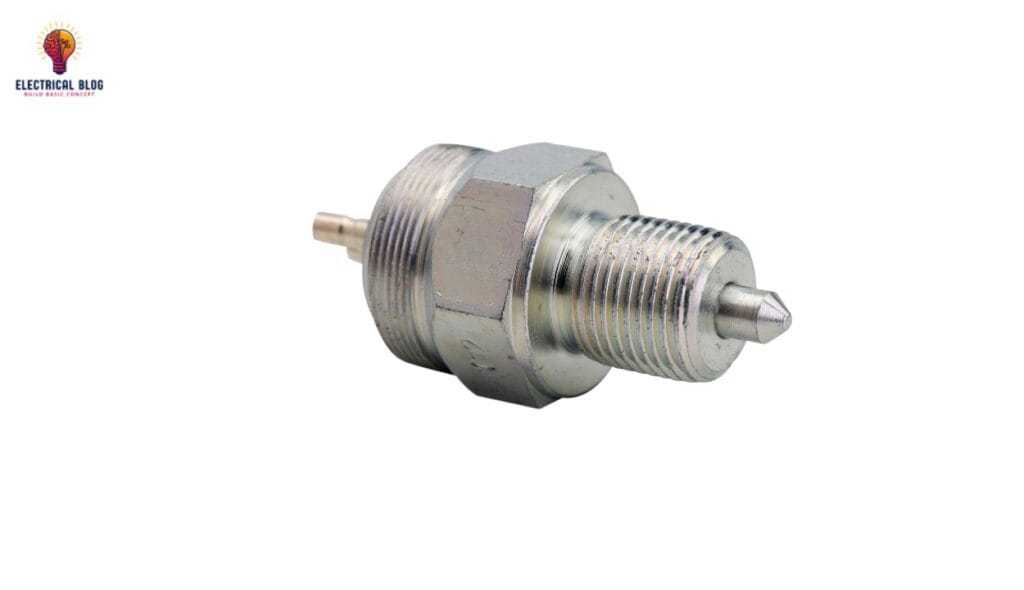Introduction
If you’ve ever worked with electrical systems, you’ve probably encountered the terms (Normally Open) NO and NC (Normally Closed). These refer to the state of a contactor when the system’s power is off. For safety reasons, a NO contactor is designed to open the circuit, ensuring that the flow of energy stops when the voltage supply is interrupted, such as during a power failure. On the other hand, an NC contactor is built to close the circuit when a voltage drop occurs, making sure that any stored energy is redirected, often to earth, to safely discharge the system.
This distinction between NO and NC plays a crucial role in the design of electrical systems, especially where reliability and safety are top priorities. As someone who has dealt with countless systems, I find it essential to understand how these contactors normally function to avoid unnecessary power cuts and ensure smooth operation. In this article, we will cover the difference between NO and NC contacts.
What is no contact?
An NO (Normally Open) contact is a part of a relay system that remains open by default, meaning no current will flow through it unless the relay is energized. When the relay is activated by a power supply, the internal circuitry is triggered, causing the lever or switch to move the contact to a closed position, allowing current to start flowing. The wire connected to this contact stays off until the relay is energized. This mechanism is essential in situations where you want the system to remain disconnected or deactivated under normal conditions, ensuring the contacts only connect at the right point when power is supplied. This design ensures reliability and safety in electrical systems where precise control is needed.

What is an NC contact?
An NC (Normally Closed) contact is designed to stay closed by default, allowing current to flow through the relay when it is deactivated. Once the relay is activated by a power supply, the internal circuitry is triggered, causing the switch or lever to move the contact to an open position, which makes the current stop flowing. The difference between an NC and NO contact is simple: while an NC contact is normally closed and becomes open when its coil is energized, an NO contact operates in the opposite manner. These contacts are essential for managing power and ensuring smooth operations in electrical systems where reliability is critical.

Applications of NC/NO switches
NC/NO switches are versatile components used in various applications, including safety systems and industrial automation, to ensure reliable responses in critical operations. These switches are essential in HVAC systems, elevators, and lifts, as well as in automotive settings for brake lights and other safety features. In households, they can be found in common appliances like washing machines and headsets, while in medical equipment, they provide precision and reliability.
Sensors, such as those used in motion detectors, door and window alarms, also rely on these switches. Additionally, NC/NO switches play a significant role in agricultural automation, ensuring efficiency in farming processes. Their ability to provide redundancy in critical systems makes them indispensable in diverse industries.
Advantages of NC/NO switches
The benefits of NC/NO switches lie in their versatility and ability to meet operational needs. Their dual functionality allows them to adapt to different contexts, reducing the need for frequent replacements and streamlining maintenance efforts. These switches also offer a redundancy feature, which ensures validation of the system’s functionality and the equipment they are connected to. This makes them especially valuable in medical and military settings, where safety and consistent performance are paramount. Their adaptability to various setups enhances operation, providing reliable results across diverse applications.
Challenges of NC/NO switches
While NC/NO switches offer many advantages, they also come with certain limitations. Their dual functionality can make the wiring and installation process more complex, which might lead to increased chances of errors if not handled correctly. Like any technology, ensuring proper use requires careful planning to avoid potential issues.
Conclusion
In conclusion, NC/NO switches are essential components in modern electrical systems, offering both advantages and limitations. Their dual functionality, versatility, and redundancy features make them invaluable for various applications, from industrial automation to medical and household systems. However, their complex wiring and potential for errors during installation require careful handling to maximize their effectiveness. Despite these challenges, their ability to adapt to diverse contexts and ensure consistent performance makes them a reliable choice for managing critical operations in safety-focused environments.
Read more: How to test a capacitor


